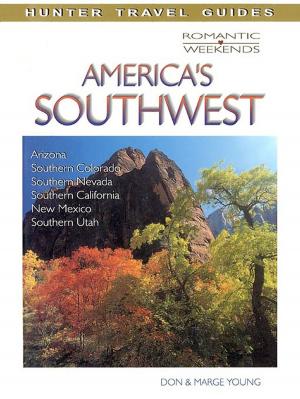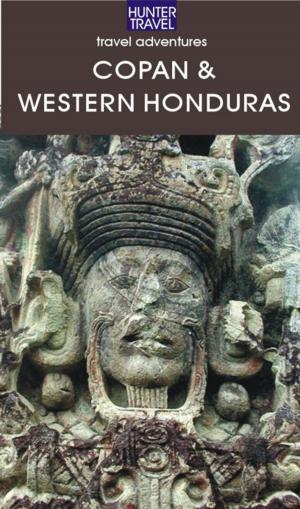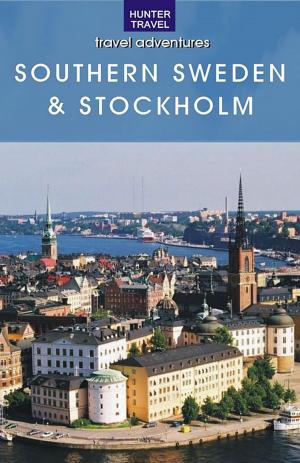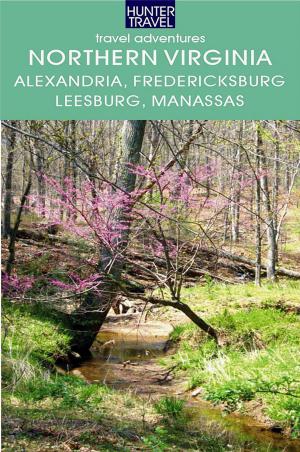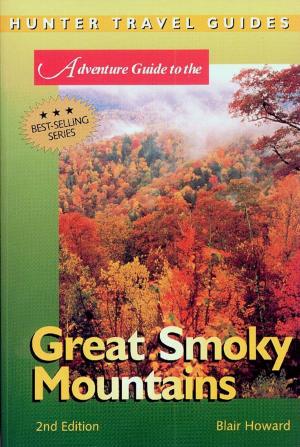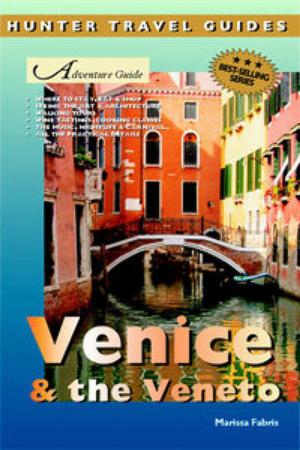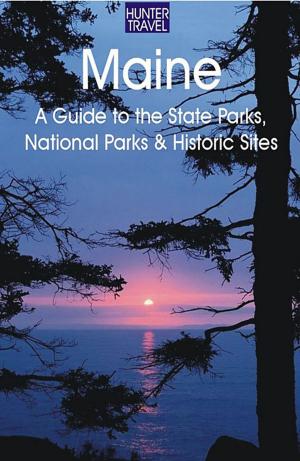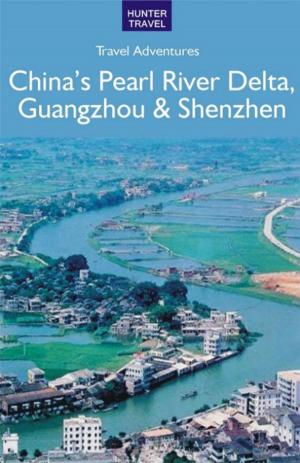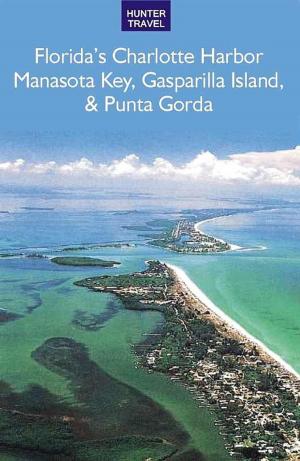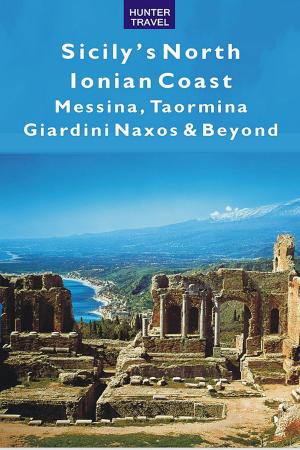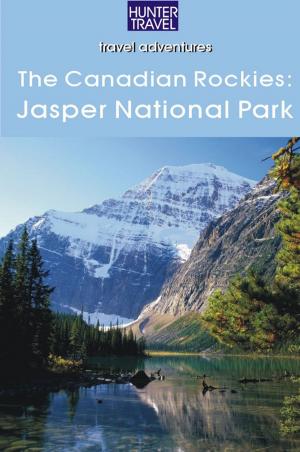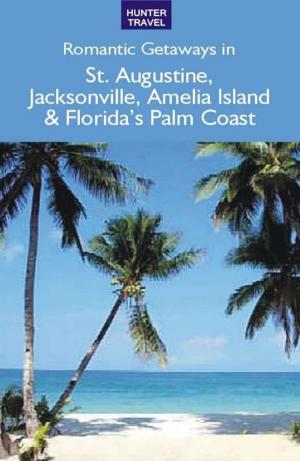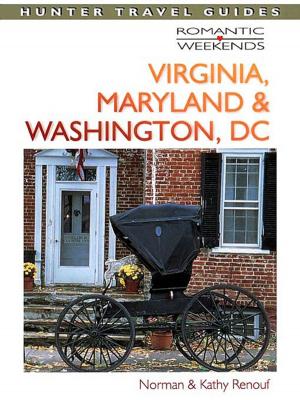Coastal Virginia: Hampton Roads, Newport News, Norfolk, Portsmouth & Virginia Beach
Nonfiction, Travel, United States, South, Reference| Author: | Blair Howard | ISBN: | 9781588439680 |
| Publisher: | Hunter Publishing, Inc. | Publication: | February 10, 2012 |
| Imprint: | Hunter Publishing | Language: | English |
| Author: | Blair Howard |
| ISBN: | 9781588439680 |
| Publisher: | Hunter Publishing, Inc. |
| Publication: | February 10, 2012 |
| Imprint: | Hunter Publishing |
| Language: | English |
The Coastal Plain includes the increasingly metropolitan area of Hampton Roads, the two counties on the Delmarva Peninsula known as the Eastern Shore, and the rural counties that make up the Chesapeake Bay region. The coastal plain extends inland for about 100 miles to a line that runs north and south from Arlington through Richmond, and down to Emporia in Brunswick county on the North Carolina border. In places, the great plain, slashed from east to west into three peninsulas by the Potomac, the Rappahannock, the York, and the James rivers, remains swampy, undeveloped wetlands. Typical of this is the 750-square-mile Great Dismal Swamp National Wildlife Area south of Suffolk and Chesapeake in the extreme southeastern corner of the state. This guide tell you what to see, how to get around, where to stay and eat -- all you need to know. "An excellent destination guide."-- The Bookwatch. "Chock-full of attractions town by town; thoroughly interesting. Excellent detail; this excellent guide will take good care of you." -- Bon Voyage. "As a native Virginian, I don't know why it took me so long to discover this book. It's a great reference to have for both residents and visitors. I spent the first two hours just looking up points of interest and trivia about the Old Dominion. Virginia has so many historical sites that touring the state is like taking a class on the formation of America. A tourist can visit Revolutionary War Sites, Civil War Battlefields, scenic old towns, and the beautifully restored great houses, like Mount Vernon in Alexandria , Monticello in Charlottesville, Oatlands Plantation in Leesburg and, of course, the James River Plantations. Williamsburg is a must-see for everyone. This book's Introduction gives a little background of Virginia and some general history. The handbook is then divided into the five regional areas of the state. They are the Northern, Central, Coastal Plain, Southwest and the Shenandoah Valley. Within these divisions information is given on the counties and major cities. In each place, the historic sites, annual events, shopping places, museums, hotel accommodations, recreation areas, dining and local transportation are all listed and given detailed descriptions. I think that the best way to truly critique a guide book is to read about an area that you know pretty well and see how the authors handled that region. All of the major sites were mentioned in my area and the accommodations and things to do were all covered. I checked out the restaurants listed and there were eight mentioned. I would have left out two. One major restaurant was not included. Other than that minor point, the authors gave a pretty accurate description of my area. This book is very concise and I believe it to be a very helpful guide to traveling in the great state of Virginia." -- Judith Miller. "This guidebook does a good job of presenting its information in a concise, meaningful way. You can easily flip through its well-marked sections and feel as if you are taking a trip all over Virginia! I like that each section (History, Shopping) starts with a quick intro, telling you the overall feel of that area. It's not afraid to tell you that one city is more known for its nightlife while another is known for its shopping malls. The beginning of the book includes an overall look at Virginian history, major cities, climate, major roadways and wildlife - great information for newcomers to have!" -- Kitty Ellen
The Coastal Plain includes the increasingly metropolitan area of Hampton Roads, the two counties on the Delmarva Peninsula known as the Eastern Shore, and the rural counties that make up the Chesapeake Bay region. The coastal plain extends inland for about 100 miles to a line that runs north and south from Arlington through Richmond, and down to Emporia in Brunswick county on the North Carolina border. In places, the great plain, slashed from east to west into three peninsulas by the Potomac, the Rappahannock, the York, and the James rivers, remains swampy, undeveloped wetlands. Typical of this is the 750-square-mile Great Dismal Swamp National Wildlife Area south of Suffolk and Chesapeake in the extreme southeastern corner of the state. This guide tell you what to see, how to get around, where to stay and eat -- all you need to know. "An excellent destination guide."-- The Bookwatch. "Chock-full of attractions town by town; thoroughly interesting. Excellent detail; this excellent guide will take good care of you." -- Bon Voyage. "As a native Virginian, I don't know why it took me so long to discover this book. It's a great reference to have for both residents and visitors. I spent the first two hours just looking up points of interest and trivia about the Old Dominion. Virginia has so many historical sites that touring the state is like taking a class on the formation of America. A tourist can visit Revolutionary War Sites, Civil War Battlefields, scenic old towns, and the beautifully restored great houses, like Mount Vernon in Alexandria , Monticello in Charlottesville, Oatlands Plantation in Leesburg and, of course, the James River Plantations. Williamsburg is a must-see for everyone. This book's Introduction gives a little background of Virginia and some general history. The handbook is then divided into the five regional areas of the state. They are the Northern, Central, Coastal Plain, Southwest and the Shenandoah Valley. Within these divisions information is given on the counties and major cities. In each place, the historic sites, annual events, shopping places, museums, hotel accommodations, recreation areas, dining and local transportation are all listed and given detailed descriptions. I think that the best way to truly critique a guide book is to read about an area that you know pretty well and see how the authors handled that region. All of the major sites were mentioned in my area and the accommodations and things to do were all covered. I checked out the restaurants listed and there were eight mentioned. I would have left out two. One major restaurant was not included. Other than that minor point, the authors gave a pretty accurate description of my area. This book is very concise and I believe it to be a very helpful guide to traveling in the great state of Virginia." -- Judith Miller. "This guidebook does a good job of presenting its information in a concise, meaningful way. You can easily flip through its well-marked sections and feel as if you are taking a trip all over Virginia! I like that each section (History, Shopping) starts with a quick intro, telling you the overall feel of that area. It's not afraid to tell you that one city is more known for its nightlife while another is known for its shopping malls. The beginning of the book includes an overall look at Virginian history, major cities, climate, major roadways and wildlife - great information for newcomers to have!" -- Kitty Ellen

